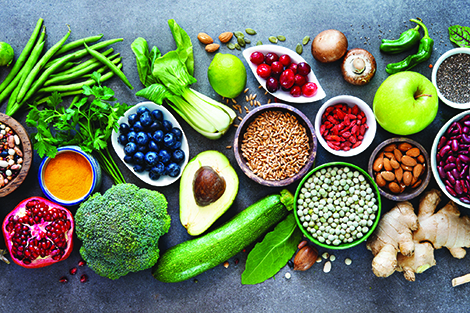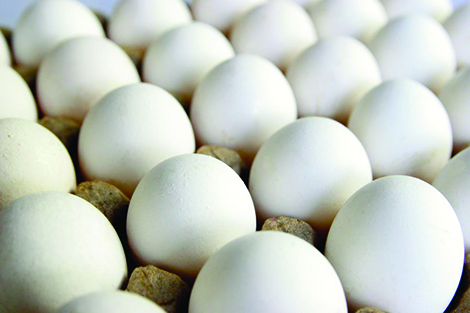Good mood food for the holidays (and year-round)
Who knew some traditional

holiday foods could help your mental health? Christine DeLozier says it’s true. According to the food expert and author, festive favorites can boost your mood. And DeLozier (christinedelozier.com) insists there is no diet culture or food-shaming in her recommendations of certain holiday staples:
- Peppermint. Bring on the candy canes! Peppermint has been proven in studies to help with memory and relieve stress, making it the perfect sweet treat.
- Apples. They are rich in a type of antioxidant called flavonoids, which demonstrated in research the ability to improve mood within just two hours of eating them. In one study, flavonoids improved cognitive function for six hours post-consumption. Apples are loaded with other feel-good substances too, such as B vitamins. Who doesn’t love a fresh-baked apple pie? Or, for a lower-fat option, make some homemade applesauce with mood-boosting cinnamon.
- Cranberries. They’re loaded with vitamin C and flavonoids. Humans are one of the few animals who are unable to produce our own vitamin C, which is a major player in dopamine metabolism in the body. Its well-established that people with mood and psychiatric disorders are quite often deficient in vitamin C. According to numerous studies, vitamin C rapidly improves mood. In fact, the higher our vitamin C levels are, the less confusion, anger and depression we have, according to one study. Other studies have effectively used vitamin C to complement other interventions in the treatment of depression. Boil fresh cranberries with honey, grated nutmeg and cinnamon. Or you can add some mandarin orange slices to increase the mood-boosting ability.
- Yams. Loaded with vitamins and minerals including potassium, yams help maintain optimal cognitive function. Low potassium intake is associated with greater risk of mood disturbances and depression. One study, for example, showed that a high-potassium diet improved tension and symptoms of depression. A whopping 40 percent of the minerals of yams are in the skin. Try twice-baked yams, where you scoop out the flesh, mix it with a wee bit of maple syrup and aromatic spices such as cardamom and cloves, and top with toasted pecans.
- Pumpkin, pumpkin seeds. Pumpkin is rich in mood-boosting minerals, such as potassium, as well as vitamins A, and B. Pumpkin seeds contain tryptophan, which is a precursor of serotonin, a mood-boosting chemical produced by our bodies. In research, dietary tryptophan improved the mood of participants over the course of a four-day, high-tryptophan diet. Subjects experienced less anxiety and depressive symptoms. Six pumpkin seeds are also a good source of zinc, which can give an immediate boost to mood, having an anti-depressant effect. Everyone loves pumpkin pie, but baked pumpkin with a bit of salt and pepper is also delicious. Be sure to save the pumpkin seeds for roasting.
- Potatoes. They are loaded with vitamins and minerals, including potassium, which helps maintain optimal cognitive function and a positive mood. For this reason, potassium is considered a mental-health food. Scientific research has found that those who maintain a high-potassium, low-sodium diet are less anxious, depressed, confused and angry, and have more energy and vigor. Potatoes are also a great source of vitamin C, and the higher our vitamin C levels are, the less confusion, anger and depression we have, according to one study.


